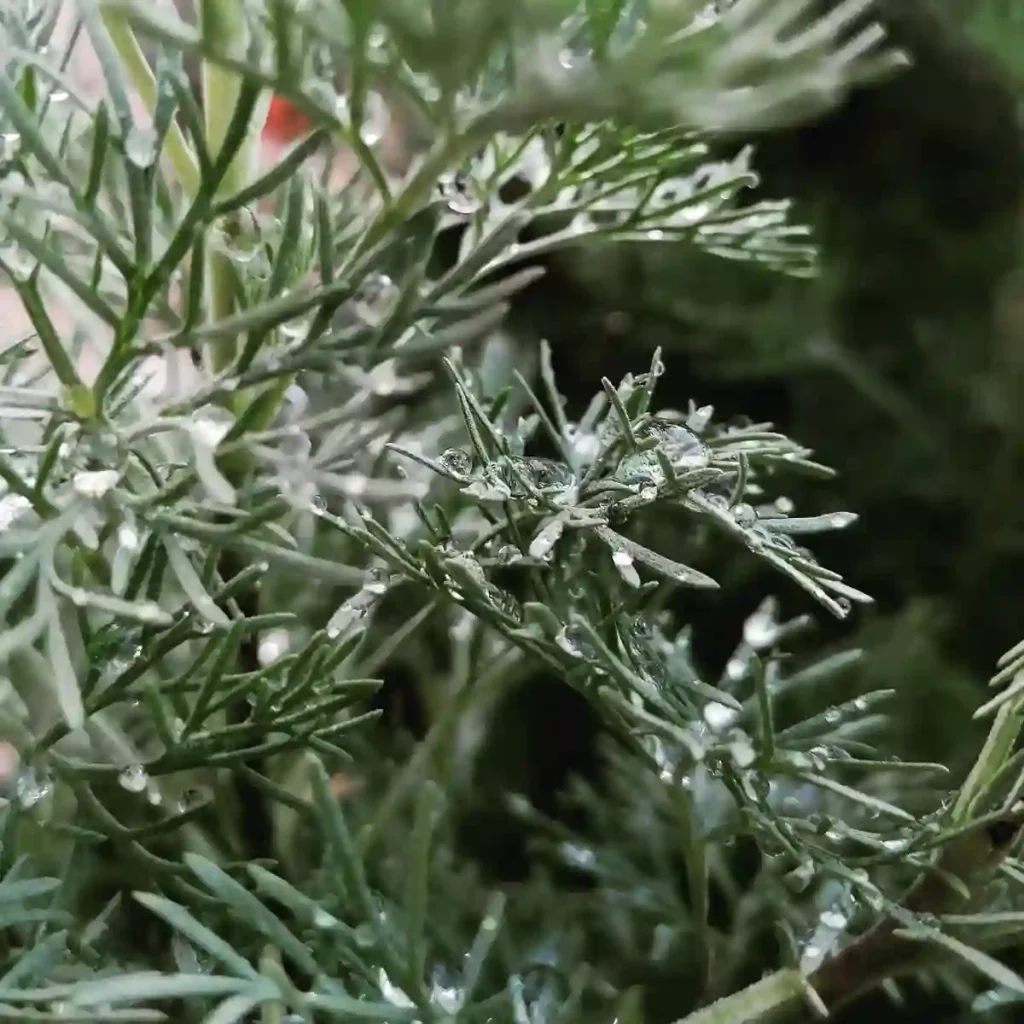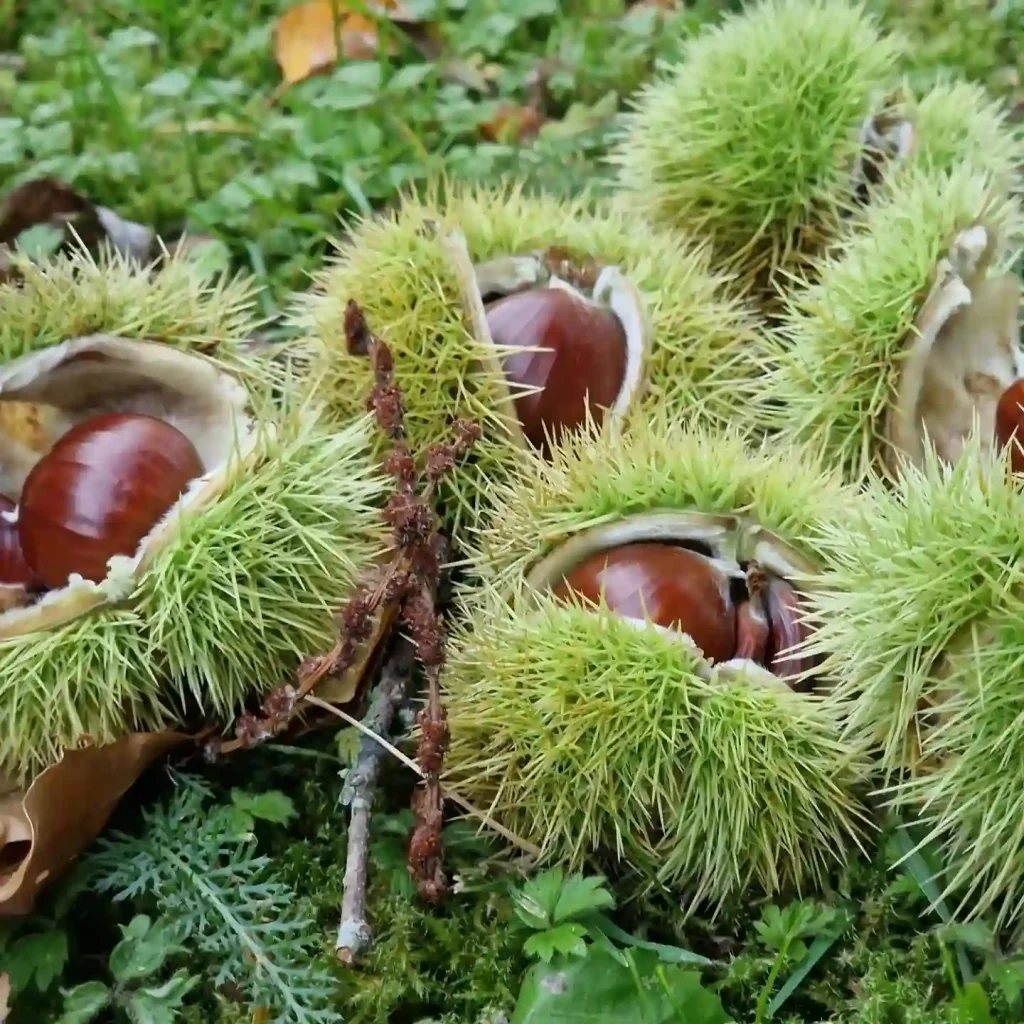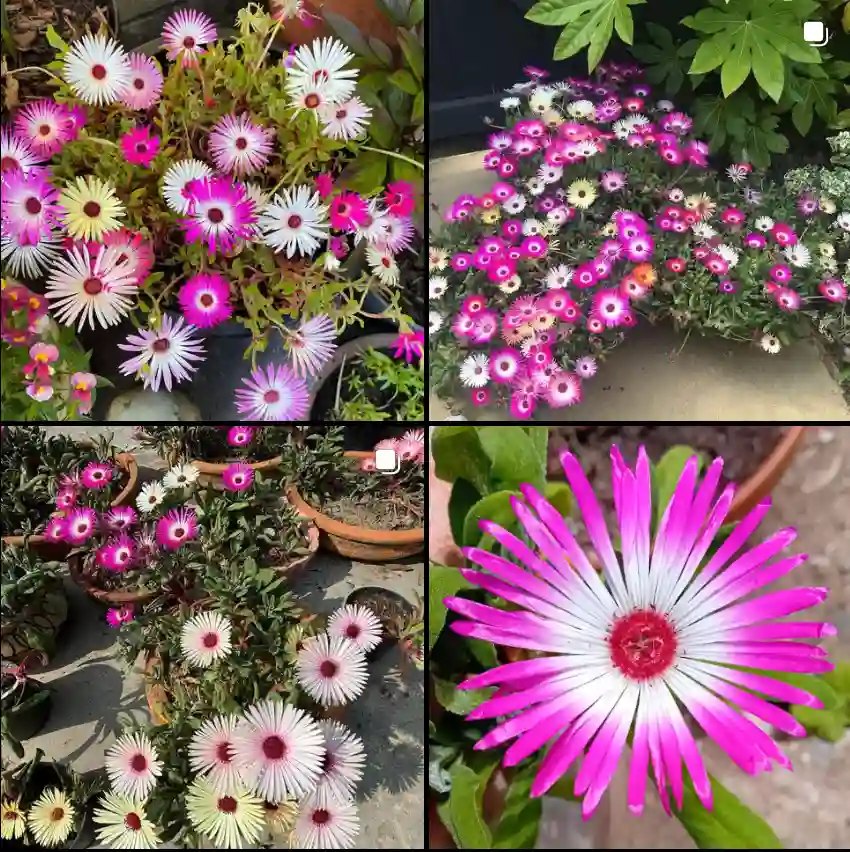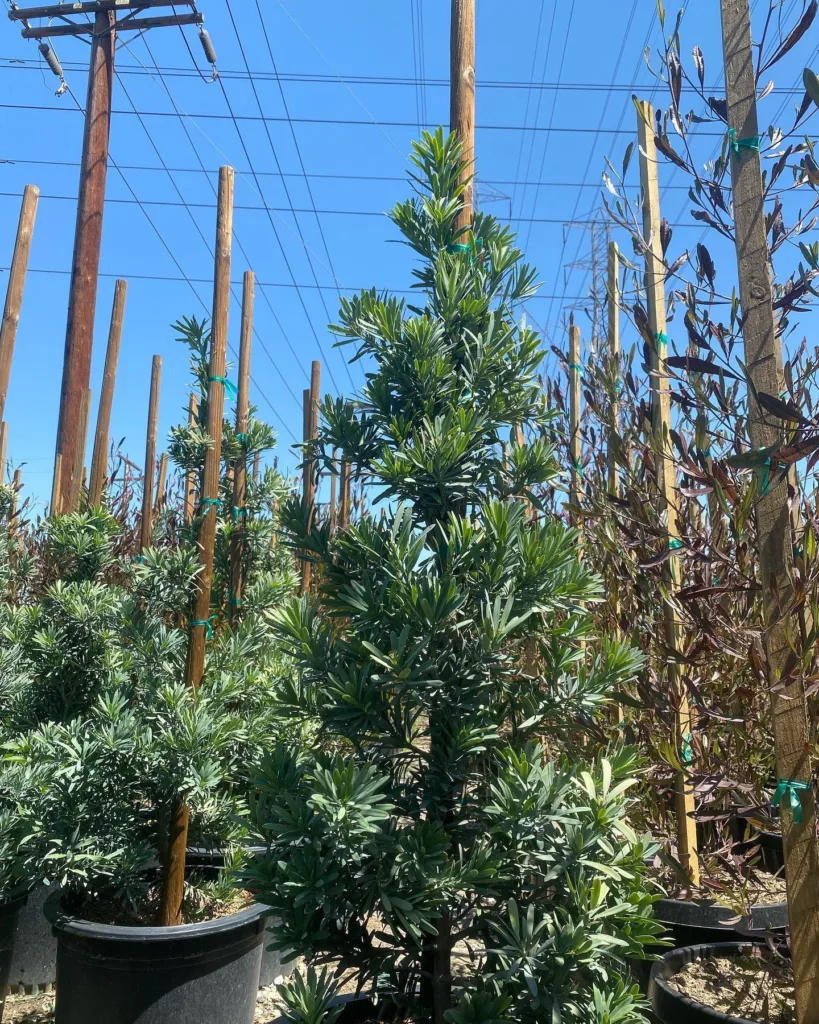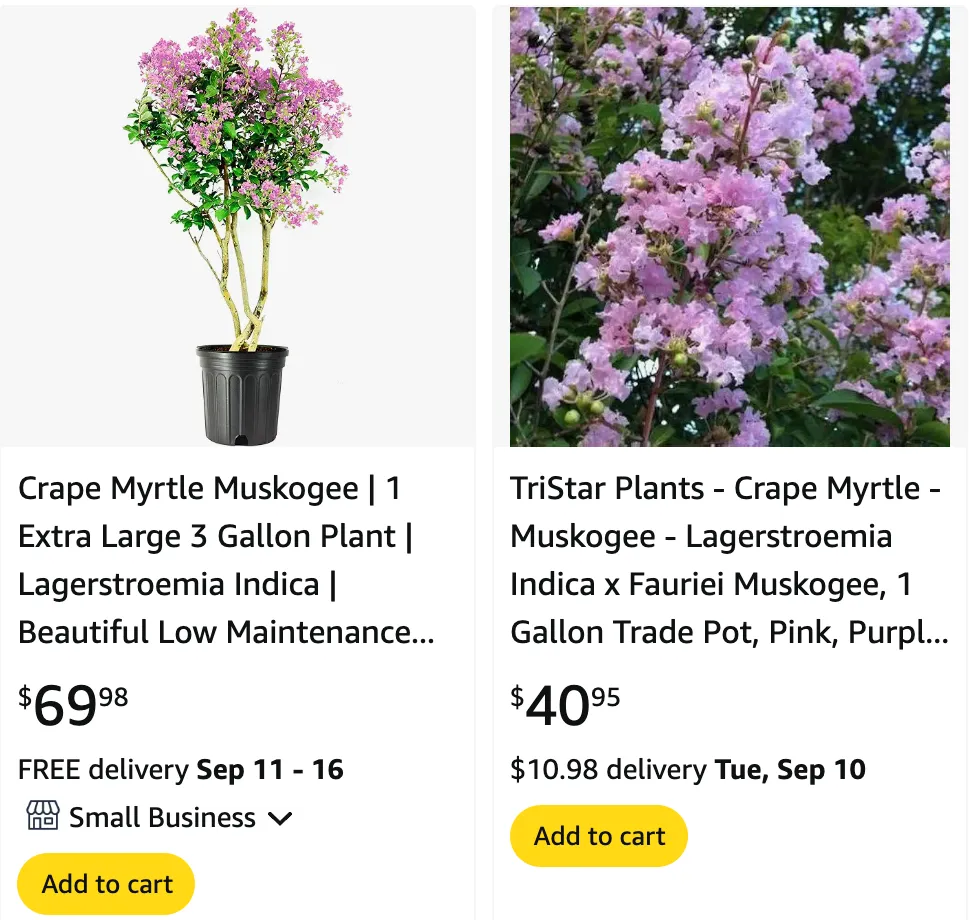
What is Lagerstroemia Muskogee?
Lagerstroemia Muskogee, commonly known as Muskogee Crape Myrtle, is a popular deciduous tree or shrub celebrated for its stunning, long-lasting lavender blooms. It’s a hybrid variety in the Lagerstroemia genus and is known for its fast growth, reaching up to 25 feet in height and width. This versatile plant can be grown as a small tree or a multi-stemmed shrub, adding vibrant color and texture to any garden.
49 Species in Genus Lagerstroemia
Is Lagerstroemia Muskogee Evergreen?
No, Lagerstroemia Muskogee is not evergreen. As a deciduous plant, it sheds its leaves in the fall, leaving behind an attractive smooth bark that adds winter interest to the garden. While the tree isn’t evergreen, its visual appeal extends throughout the year, from the rich summer blooms to the striking bark in the colder months.
Is Lagerstroemia Muskogee Mildew Resistant?
One of the standout features of Lagerstroemia Muskogee is its resistance to powdery mildew, a common fungal disease that plagues many Crape Myrtle varieties. This resistance makes it a low-maintenance option for gardeners who want a beautiful, long-blooming tree without the hassle of constant disease management. However, it’s still important to ensure proper air circulation around the plant and avoid overhead watering to keep it in optimal health.
How to Care for Lagerstroemia Muskogee?
Caring for Lagerstroemia Muskogee is relatively straightforward. This plant thrives in full sun, requiring at least six hours of direct sunlight each day to produce its best blooms. It’s adaptable to a wide range of soil types but prefers well-drained soil. Regular watering during the first year is crucial to establish a strong root system, but once established, Muskogee is drought-tolerant.
Pruning is another key aspect of care. The best time to prune Lagerstroemia Muskogee is in late winter or early spring before new growth starts. This helps shape the plant and encourages a flush of flowers. However, avoid heavy pruning, which can lead to fewer blooms and a less natural shape.
How to Propagate Lagerstroemia Muskogee?
Propagating Lagerstroemia Muskogee can be done through softwood cuttings taken in late spring or early summer. Here’s how you can do it:
- Select a Healthy Cutting: Choose a 4-6 inch long cutting from a healthy branch with several sets of leaves.
- Prepare the Cutting: Remove the leaves from the lower half of the cutting, and dip the cut end in rooting hormone.
- Planting: Insert the cutting into a pot filled with a well-draining soil mix. Water lightly.
- Care for the Cutting: Place the pot in a warm, bright spot, but out of direct sunlight. Keep the soil moist, and in a few weeks, roots should develop.
Once rooted, the cutting can be transplanted into the garden or a larger pot.
What to Plant with Lagerstroemia Muskogee?
Lagerstroemia Muskogee pairs well with a variety of companion plants. Consider underplanting it with perennials like lavender or salvia, which thrive in similar growing conditions. Ornamental grasses can also complement its structure and add movement to the landscape. For a more layered look, plant smaller shrubs like spirea or dwarf nandina around its base.
Can You Grow Lagerstroemia Muskogee Indoors?
Growing Lagerstroemia Muskogee indoors isn’t recommended due to its size and need for full sun. This plant is best suited for outdoor landscapes where it has room to grow and receive adequate sunlight. If you’re looking for a smaller, indoor-friendly plant, consider a dwarf variety of Crape Myrtle or a different houseplant that can thrive indoors.
Is Lagerstroemia Muskogee Toxic?
Lagerstroemia Muskogee is not toxic to humans or pets, making it a safe choice for gardens where children and animals are present. However, as with any plant, it’s always wise to monitor young children and pets to prevent them from ingesting any plant material.
Benefits of Growing Lagerstroemia Muskogee
There are many benefits to growing Lagerstroemia Muskogee in your garden. Its resistance to powdery mildew, drought tolerance, and long blooming period are just a few. Additionally, the tree provides year-round interest with its colorful flowers in the summer and striking bark in the winter. It’s also a great plant for attracting pollinators like bees and butterflies, contributing to a healthy garden ecosystem.
Common Problems with Lagerstroemia Muskogee
While Lagerstroemia Muskogee is relatively low-maintenance, it can still face a few issues. Aphids and Japanese beetles are common pests that may attack the leaves and flowers. Regular monitoring and treatment with insecticidal soap or neem oil can help manage these pests.
Another potential problem is root rot, usually caused by overwatering or poorly drained soil. To prevent this, ensure the plant is in well-draining soil and avoid watering too frequently.
How Does Lagerstroemia Muskogee Compare with Other Crape Myrtle Varieties?
Lagerstroemia Muskogee stands out among Crape Myrtle varieties due to its mildew resistance and vibrant lavender blooms. Compared to other varieties, like the popular Natchez (with its white flowers) or the Dynamite (with red blooms), Muskogee offers a unique color and is slightly more cold-hardy, making it a versatile choice for a variety of climates.
In summary, Lagerstroemia Muskogee is a stunning, low-maintenance tree that adds beauty and interest to any garden. Whether you’re drawn to its vibrant summer blooms or its resistance to common diseases, this Crape Myrtle variety is an excellent choice for both novice and experienced gardeners alike.
If i die, water my plants!
